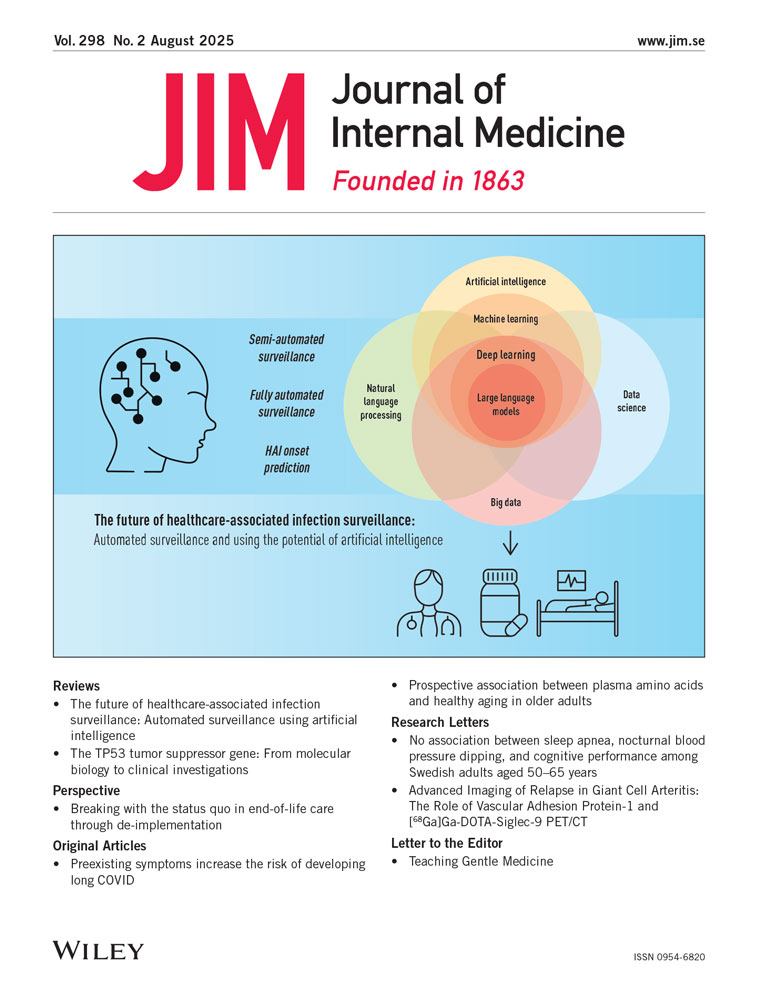Increased Activity of Serum γ-Glutamyltransferase in Myotonic Dystrophy
Abstract
ABSTRACT The activity of serum γ-glutamyltransferase (γ-GT) and its determinants were studied in 17 patients with myotonic dystrophy. The γ-GT activity was elevated in 11 patients and its mean value was five-fold higher than in healthy controls. The increase in γ-GT could not be explained by factors generally known to result in a misleading elevation of γ-GT. Most patients with elevated γ-GT also had one or more other pathological laboratory tests related to hepatic function but none had a clinically significant liver disease. Serum γ-GT activity was not related to the disability caused by dystrophy or to the level of serum creatine kinase suggesting that the elevation of serum γ-GT is not an indication of a general cell membrane dysfunction. It is concluded that the increase in serum γ-GT activity in patients with myotonic dystrophy is due to a real but mild liver involvement, which should be taken into account in the examination of these patients who often complain of gastrointestinal symptoms.
Abbreviations:
-
- AFOS
-
- serum alkaline phosphatase
-
- ALAT
-
- serum alanine aminotransferase
-
- ASAT
-
- serum aspartate aminotransferase
-
- BMI
-
- body mass index
-
- BSP
-
- bromsulphalein half-life
-
- CK
-
- serum creatine kinase
-
- ESR
-
- erythrocyte sedimentation rate
-
- γ-GT
-
- serum γ-glutamyltransferase
-
- Hb
-
- hemoglobin
-
- HDL
-
- serum high density lipoproteins
-
- IgA, IgG, IgM
-
- serum immunoglobulins A
-
- G, M, respectively, IGT
-
- impaired glucose tolerance
-
- LD
-
- serum lactate dehydrogenase
-
- MCV
-
- mean erythrocyte volume
-
- P-TT-TT
-
- thromboplastin time
-
- 2-h-gluc
-
- plasma glucose concentration at 2 h in oral glucose tolerance test




